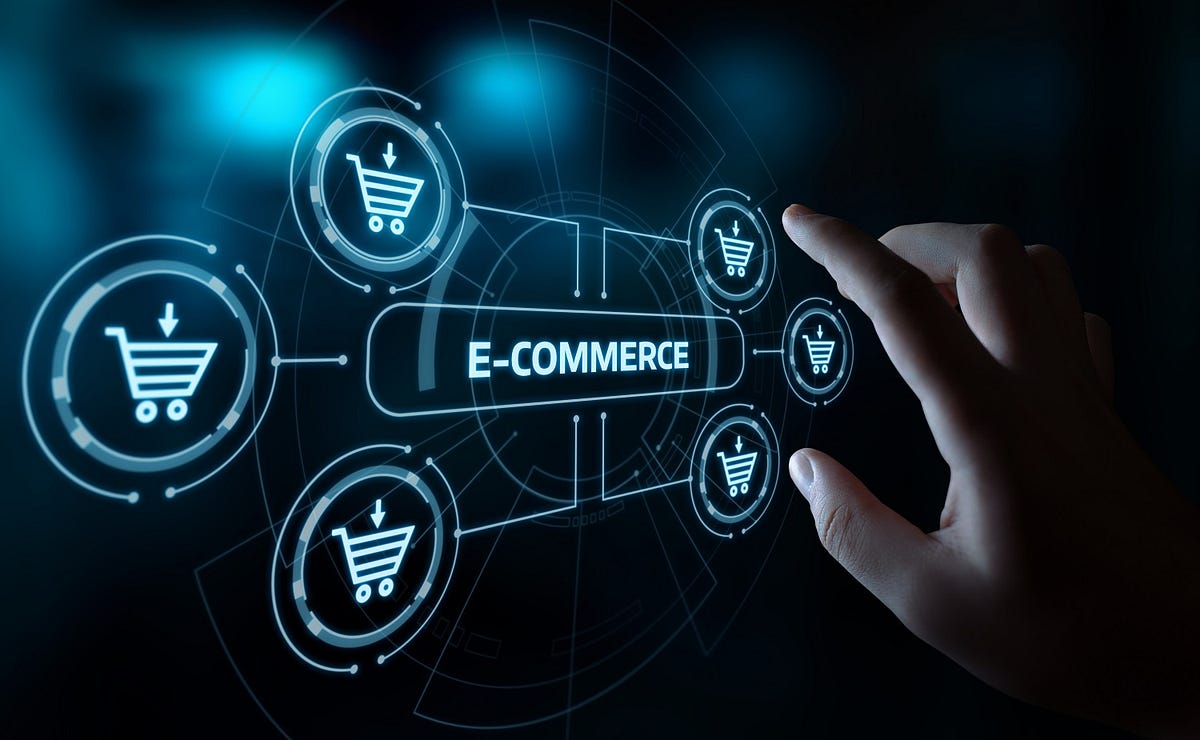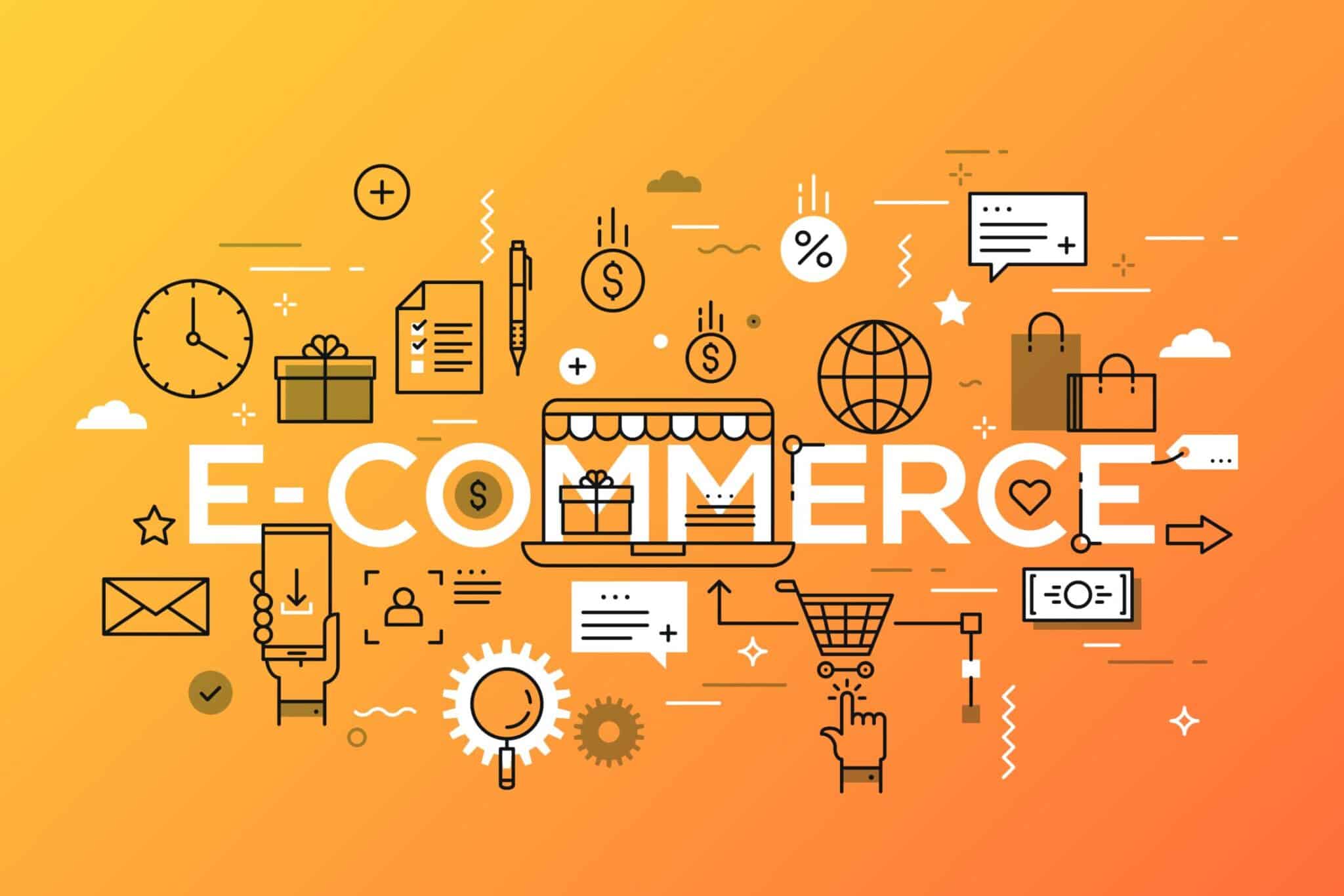As Indians return 30% of their e-commerce purchases, brands have to deal with the pain of reverse logistics

Most of us have found that e-commerce online shopping has made our lives easier. The best part is that if you don’t like the product, all you have to do is click a button to start a return, exchange, or refund. But this is where the nightmare for people who do business online begins.
Reverse logistics moves items sold back to the seller through the supply chain in e-commerce. For both B2B and B2C sellers, the process is a drain on their resources because it adds to their operational costs. Even though you must work hard to get the goods back, you don’t get money immediately. People in the industry also say that collection agents are often not paid enough and don’t always want to go to a customer’s house to pick up a return because it can be a bad experience in e-commerce. Because of this, there isn’t much reason to do a reverse logistics cycle.
“Backward logistics is hard. “There is no money benefit right away,” says Nikunj Saxena, a shoe store owner in Delhi who also sells online.

Thirty percent of the products sold through e-commerce platforms are returned for one reason or another, according to estimates from the industry. A LogiNext study found that the average manufacturer spends between 5 and 20% of its sales on returns. Prashant Gupta, a Principal at the management consulting firm Kearney, says that the number of customer returns ranges from 10% to 50%, depending on the type of product, the e-commerce platform, and where the customer lives. Reverse logistics are more critical in segments like apparel, fashion items, tech, ready-made garments, women’s and men’s wear, and shoes.
Needed to run a business
Even though it’s a pain, in e-commerce online sellers can no longer eliminate the product return option. People wouldn’t buy as many things as they do now if they couldn’t send items back, which is already a normal part of doing e-commerce online business. “If the returns process isn’t taken seriously, a seller could quickly end up with more unhappy customers. “This will hurt the company’s reputation,” says Saxena.
Many people see the process as hard work, but they also see it as a chance to improve the product so it can be put back on the shelves. Saxena is one of the sellers in e-commerce who has seen how returns can improve their products. “About 50–70% of the things we sold online three years ago were returned. One common complaint was that the online items didn’t look like the ones customers got. In addition to ensuring these customers got their money back, we used their comments as feedback and changed things based on what we learned. “Today, our sales have increased by 30%,” says Saxena.
The store owner says he took care of fundamental problems and cut down on possible losses while dealing with returns. It gave the company the chance to reuse, recycle, or fix the product, or to do a mix of these things, to add value to it.
Taking things slowly
But before a company decides to work with this kind of philosophy, it has to ensure that specific steps are taken. The first step is to set up a returns management policy and process that works well and is strong. This gives the manufacturer some way of knowing if the returns are real cases. The company’s quality control (QC) department needs to be brought in to make sure that claims are valid. If this part of the reverse cycle isn’t taken care of, more losses will be made.
Also, when a retail store starts the return process, return authorization needs to be improved with more people and better infrastructure. This means that the company will have to spend more money on people and training, putting more pressure on its resources. But this will happen.
The next part is the refund. If you give cash back to a customer, it will affect your working capital in e-commerce. So, the company’s finance team needs to save money if something like this happens. The size of this cushion is a strategic choice that needs to be made before a returns policy is put in place.

Even if all of these steps are taken, it can be challenging for many companies to run a smooth end-to-end reverse logistics cycle. This is because there are a lot of informal practices in India’s supply chain and logistics ecosystem, which leads to inefficiencies. This makes it harder for a reverse logistics system to be used efficiently. But sellers all agree that a successful reverse chain is a win-win because it will make customers happier and get them to buy from them again.
Small businesses must have
Saahil Goel, co-founder and CEO of logistics company Shiprocket, says that while reverse logistics is not new, it is now an essential part of the e-commerce business that can’t be ignored. “Marketplaces have made easy returns the norm, and a market with a lot of competition is also a key driver for business. Because of this, a good reverse logistics system is a great tool for getting new customers, making people feel better about the deal,” says Goel.
In the world after Covid, online sales are becoming so common that even small businesses would have to join in e-commerce. Consulting firm RedSeer says that India’s online retail market will grow from $45–50 billion in 2021 to $350 billion by 2030. Because of this, businesses need to put money into a solid reverse logistics supply chain system.
Puran Dawar, President of the MSMEs-dominated Agra Footwear Manufacturers and Exporters Chamber (AFMEC), says that investing in a reverse supply chain is inevitable. “Returns are less likely if your product is good and shown on an online platform with the right specifications and pictures.” Still, products will be sent back for one reason or another, and sellers would need to set up a reverse logistics system to deal with this.
When he talks about how big the problem is, he says that a 38 percent return rate on some routes is acceptable. If more than 50% of the products are sent back, the quality of the product is to blame.
Opex burden for some
Most companies don’t have a reverse logistics system because they fear how much it will cost to run.
Sudeep Mehrotra, the Managing Director of Alvarez & Marsal, says that scale and spread are the two biggest problems in reverse logistics. Forward logistics, which moves goods from the manufacturer to the customer, is much bigger than reverse logistics. He says that demand for the back leg is lower.

But everyone involved needs to ensure that the system is set up so that goods move forward and backward on the same line and with the same base of resources. The players must also accept that things can go wrong and be wasteful along the way.
Vivek Juneja, the founder and managing director of a third-party logistics company called Varuna Group, says that reverse logistics involves a lot of different businesses and channels that need to work together. So there will be problems with getting things done. “Consumers today want fast delivery and an even faster way to handle returns. “To meet all of these needs, the optimization of product collection, the distribution center, and the returns authorization process stand out as the three most important things to do,” he says.
With this in mind, every company needs to make getting returns back faster a top priority. Juneja says that transport, logistics, returned product management, inventory, and warehouse optimization must all work together to make reverse logistics faster and more efficient.
“Using a transport and warehouse management system has become important because these strong systems work together to keep companies informed about where a product is at all times and keep accurate records,” he says, adding that the government needs to get involved. “Policymakers should set up return policies that are clear and easy to understand so that people are more likely to use online services.”
These kinds of rules would help smaller sellers and logistics companies. The giant online stores already have a firm policy and process to deal with this problem.
Queries sent to e-commerce majors Amazon and Flipkart had not heard back by the time this story was written.
Keeping track of your inventory is the key.

When defect correction, adding value, and reselling is added to the reverse logistics business model, it starts to make sense. Mehrotra thinks that a product that has been improved can be sold for a higher price. “Over the next five years, consumer durables, fashion, and apparel will likely focus more on reverse haul than other categories. The supply chain is where change will happen. Forward logistics companies will probably be the backbone of this industry by hiring specialists to do tasks that add value.
Reverse logistics can be different for different types of products. For example, fashion items can only sell quickly as long as they are in style. Abhishek Bansal, co-founder and CEO of Shadowfax says that a quick and effective reverse logistics system makes it possible for the products to be on sale while the trend is still going strong, which increases sales and profits. He also says that smooth reverse logistics for electronics could make it possible to sell or fix the product’s parts again, reducing the amount of e-waste.
Forecasting returns is hard for online sellers, especially smaller ones, and it gets in the way of long-term and short-term planning.
Co-Founder and CEO of the shipping platform Nimbus Post, Yash Jain, says that accurate returns forecasts are essential for an online brand’s growth. He says that firms that don’t have advanced technologies usually have more difficulty developing a practical and helpful reverse chain strategy.
He says that about 70% of e-commerce orders in India’s tier-II cities are paid for with cash on delivery (COD). This is also the category that sees the most returns. “Fake COD orders cause a lot of reverse logistics, and technology can help a brand’s percentage of reverse shipments in a big way.”
Leaders in the industry are calling for more people to use technology to solve these problems in the reverse logistics cycle. Anish Popli, the founder of B2B marketplace ProcMart, talks about how software can help sellers and movers. He says that technology lets businesses streamline and automate essential processes, which helps keep costs down and makes it easier to deal with old stock. Procurement experts are increasingly using digital catalogs to cut down on the number of returns. “Using high-resolution images and exchanging brand information, delivery dates, and serial numbers will help to improve the accuracy of orders and cut down on returns,” he says.
IT saves the day
Like many other companies, Nimbus Post is using IT tools more and more to provide security in all directions and lower the number of packages that are sent back to where they came from. “Our fraud detection tool makes it easier for business owners to spot complete e-commerce scams, especially those involving COD. “Our AI engine looks for incomplete and wrong addresses, filters out customer profiles with a high rate of return to sender (RTO), and automatically handles high-risk orders,” Jain says.
Implementing reverse logistics would also require specialized services based on the product type and the e-commerce platform.
Gupta says that all platforms now outsource logistics and that a customized reverse logistics partner is needed. He says two essential parts of reverse logistics are doing a cost-effective reverse pickup run and ensuring that quality control at the door and seller-bound packaging are done well. Many logistics companies have figured out how to do the first one and now offer it as a specialized service. But the second factor is still a cause for concern. Gupta says it’s hard for logistics companies and e-commerce partners to share feedback on a product because they don’t have an integrated technology platform.
Experts say logistics companies focusing on returns can better plan their operations by combining orders from different platforms. Gupta of Kearney uses regional alternative delivery locations (ADLs) as an example. An ADL is a designated area where a delivery service drops off multiple packages so customers can pick up their products. This infrastructure can be used for logistics in the other direction. Either the customer of a service provider or the service provider himself can drop the goods off at an ADL, where the seller or his logistics partner can pick them up. This can lower costs and make the system less crowded.
In today’s world, selling and getting your money back go hand in hand. Even though sellers have to invest in a reverse supply chain, they can make it work by planning it well. This way, it’s more of a capital expense than an operating expense.
edited and proofread by Nikita Sharma




